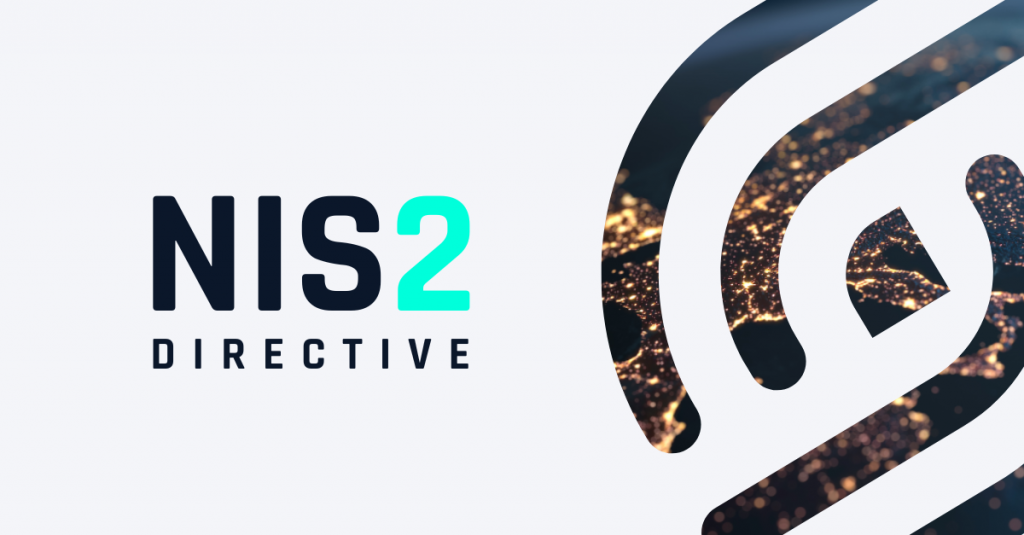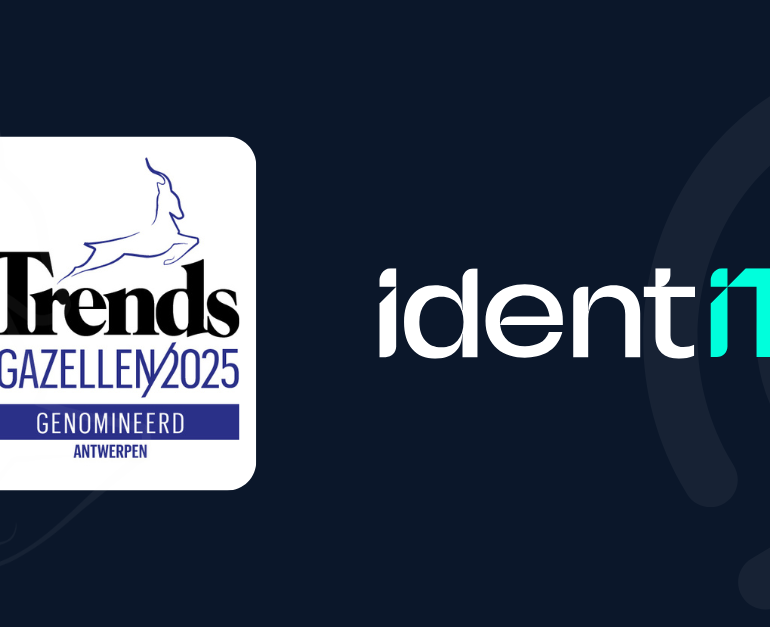The European Union has taken a significant step forward with the introduction of the NIS2 Directive, a key piece of legislation aimed at enhancing the security of digital systems across various sectors. Recognizing the importance of protecting critical infrastructure—like energy grids, transportation networks, banks, and digital platforms—the NIS2 Directive is designed to shield these vital systems from the increasing threats of cyber attacks.
In this first part of our three-part series, we delve into the crucial role of (Consumer) Identity and Access Management in enhancing cybersecurity measures aligned with the European Union’s NIS2 Directive.
Understanding the NIS2 Directive: Key Points
The NIS2 Directive represents a significant enhancement of the EU’s cybersecurity framework, aiming to tackle the dynamic and sophisticated nature of modern cyber threats. At its core, the NIS2 Directive seeks to upgrade the EU’s defenses against cyber threats by:
- Expanding Protection: It covers a broader range of sectors, emphasizing the need for strong cybersecurity measures across all critical services.
- Raising Security Standards: The directive introduces stricter requirements for security practices and incident reporting, aiming to lift the overall cybersecurity level of organizations within the EU.
The directive highlights an urgent need for strong access control and identity checks. Developing these solutions in-house can be pricey and complex. So, it makes sense for companies to adopt an effective and compliant (C)IAM solution. This technology is not just a supportive element but is central to meeting the directive’s severe requirements, proving crucial for safeguarding digital identities and the systems they interact with.
NIS2 Guidelines on Access Control and Security Measures
The NIS2 standards set precise expectations for managing access and security within organizations:
- Strong Authentication: The guidelines mandate strong authentication, emphasizing the need for organizations to implement robust verification processes such as Multi-Factor Authentication (MFA) to significantly reduce the risk of unauthorized entry.
- User Access and Control: According to NIS2, access should be carefully managed and limited to what is necessary for each user’s role, aiming to prevent internal breaches and ensure that sensitive information remains protected.
- Incident Detection and Reporting: The standards require organizations to be proactive in monitoring for security threats and efficient in reporting incidents. This ensures that potential breaches are identified and addressed promptly, minimizing damage.
- Compliance and Documentation: NIS2 calls for comprehensive logging of access and security events, aiding in the clear documentation of compliance efforts and facilitating the audit process, thereby strengthening the organization’s overall security posture.
How (C)IAM Tools Surpass NIS2 Standards with Specific Features
Equipped with cutting-edge features, (C)IAM tools play a critical role in ensuring organizations meet and surpass these NIS2’s security criteria:
- Enhanced Authentication: By integrating advanced security features such as Multi-Factor Authentication (MFA), (C)IAM tools provide a more secure, layered defense against unauthorized access, ensuring that only the right people can get to sensitive data and systems.
- Identity Governance and Administration: (C)IAM systems mostly have Identity Governance and Administration (IGA) features, that offer detailed reporting on user access and rights. Allowing precise control over user access, directly aligning with NIS2’s call for minimal necessary access. They ensure that individuals access only the information and resources essential for their roles.
- Advanced Incident Detection and Reporting with ITDR: (C)IAM solutions extend their capabilities with Identity Threat Detection and Response (ITDR), enhancing the directive’s incident detection and reporting standards. ITDR frameworks within (C)IAM tools proactively identify potential security threats and automate response mechanisms, facilitating a faster and more coordinated approach to incident management. IGA features tools also produce comprehensive reports that meet (at least) NIS2 reporting demands.
- Streamlined Compliance and Documentation: Finally, (C)IAM solutions provide comprehensive logging and efficient data management, surpassing NIS2’s documentation guidelines. They offer clear, accessible records of security events and user activities, simplifying the compliance process and making audits more straightforward, thus reinforcing an organization’s cybersecurity infrastructure.
In Summary: (C)IAM’s Central Role in Elevating EU Cybersecurity
The European Union’s NIS2 Directive sets a new benchmark for cybersecurity across critical sectors. By mandating robust access control, strong authentication measures, and diligent incident detection and reporting, NIS2 aims to fortify the digital defenses of the EU’s vital infrastructures against the backdrop of an increasingly complex cyber threat landscape.
The role of (C)IAM in meeting and exceeding these directives cannot be overstated. (C)IAM solutions address NIS2’s core requirements with enhanced authentication, precise user access control, and sophisticated incident management. Features such as Multi-Factor Authentication (MFA), Identity Governance and Administration (IGA), and Identity Threat Detection and Response (ITDR) not only align with but also enhance the NIS2 guidelines, providing a layered and robust security framework.
In essence, adopting a comprehensive (C)IAM strategy is not just about regulatory compliance; it’s about taking a proactive stance in safeguarding digital identities and infrastructure. As businesses continue to tackle digital complexities, integrating (C)IAM into their cybersecurity strategies is crucial to meet current and future challenges head-on.


